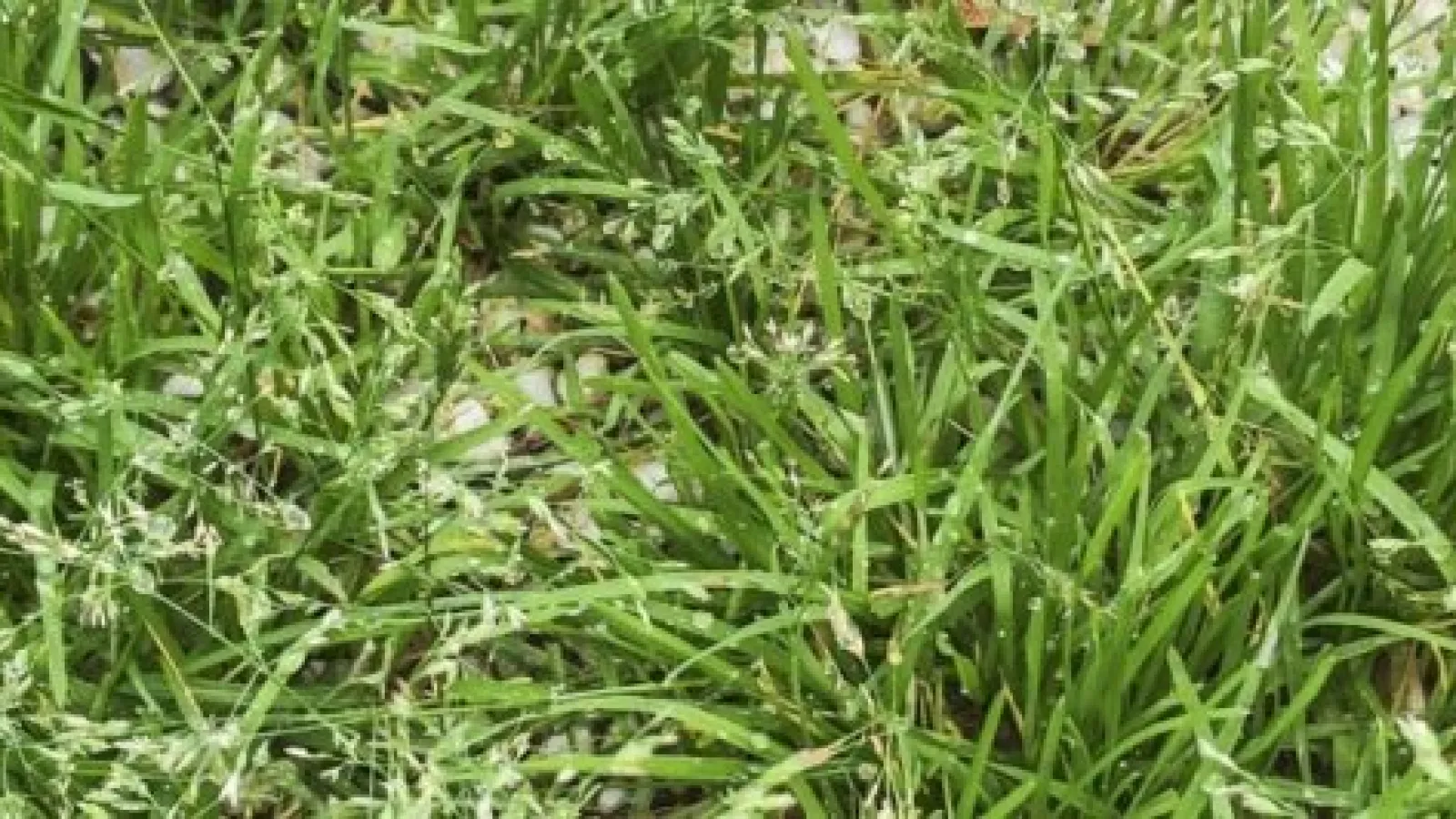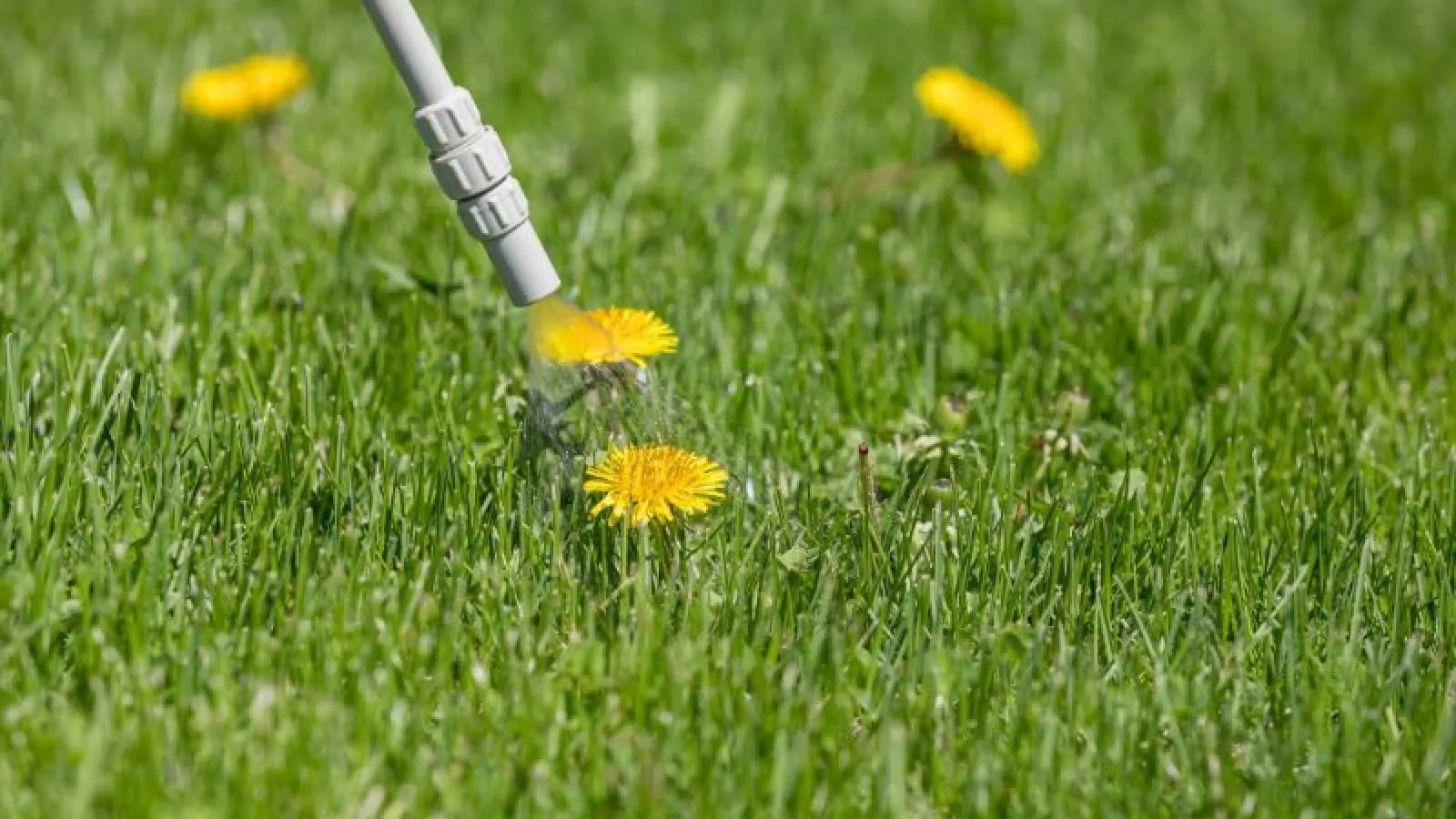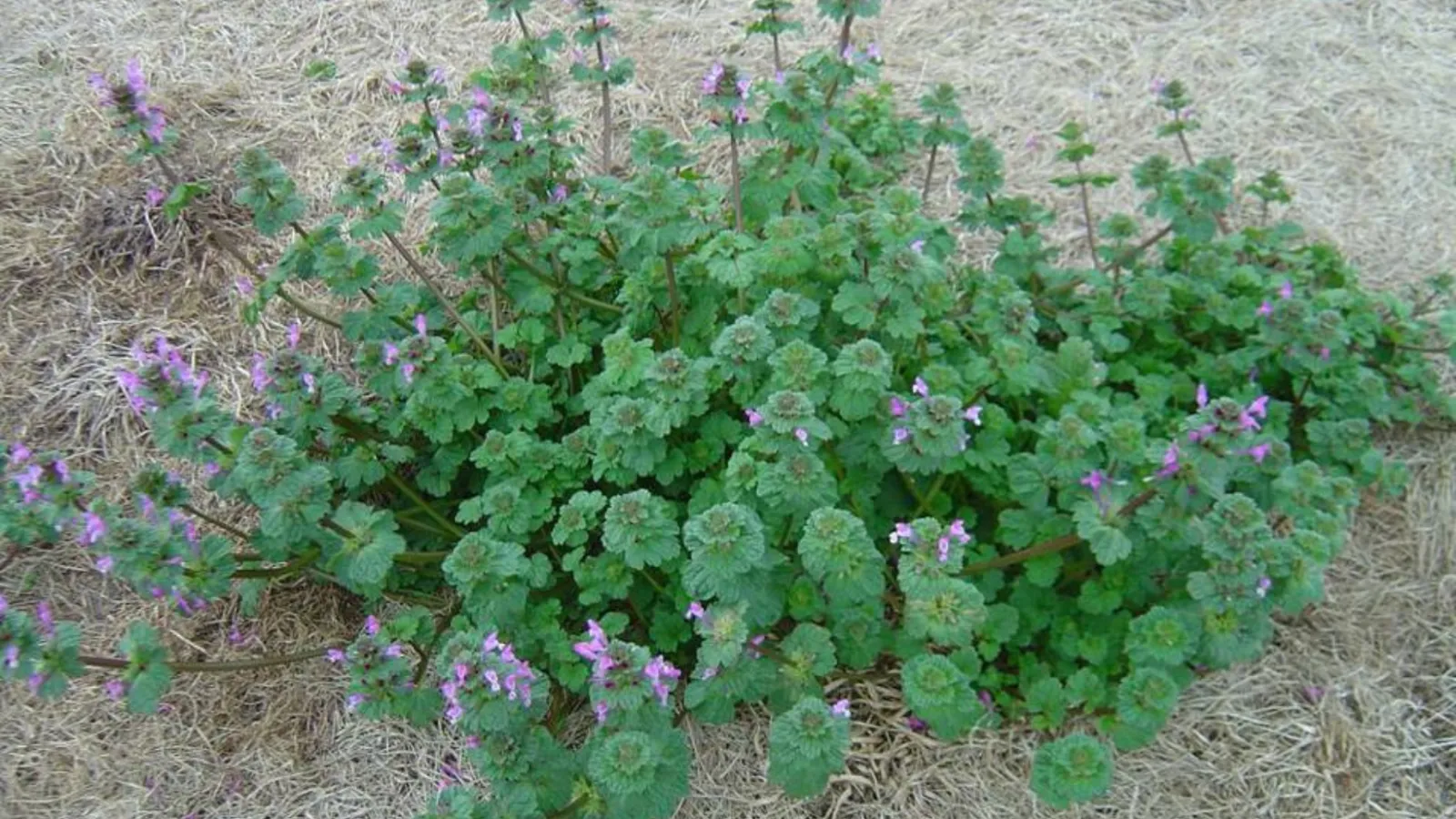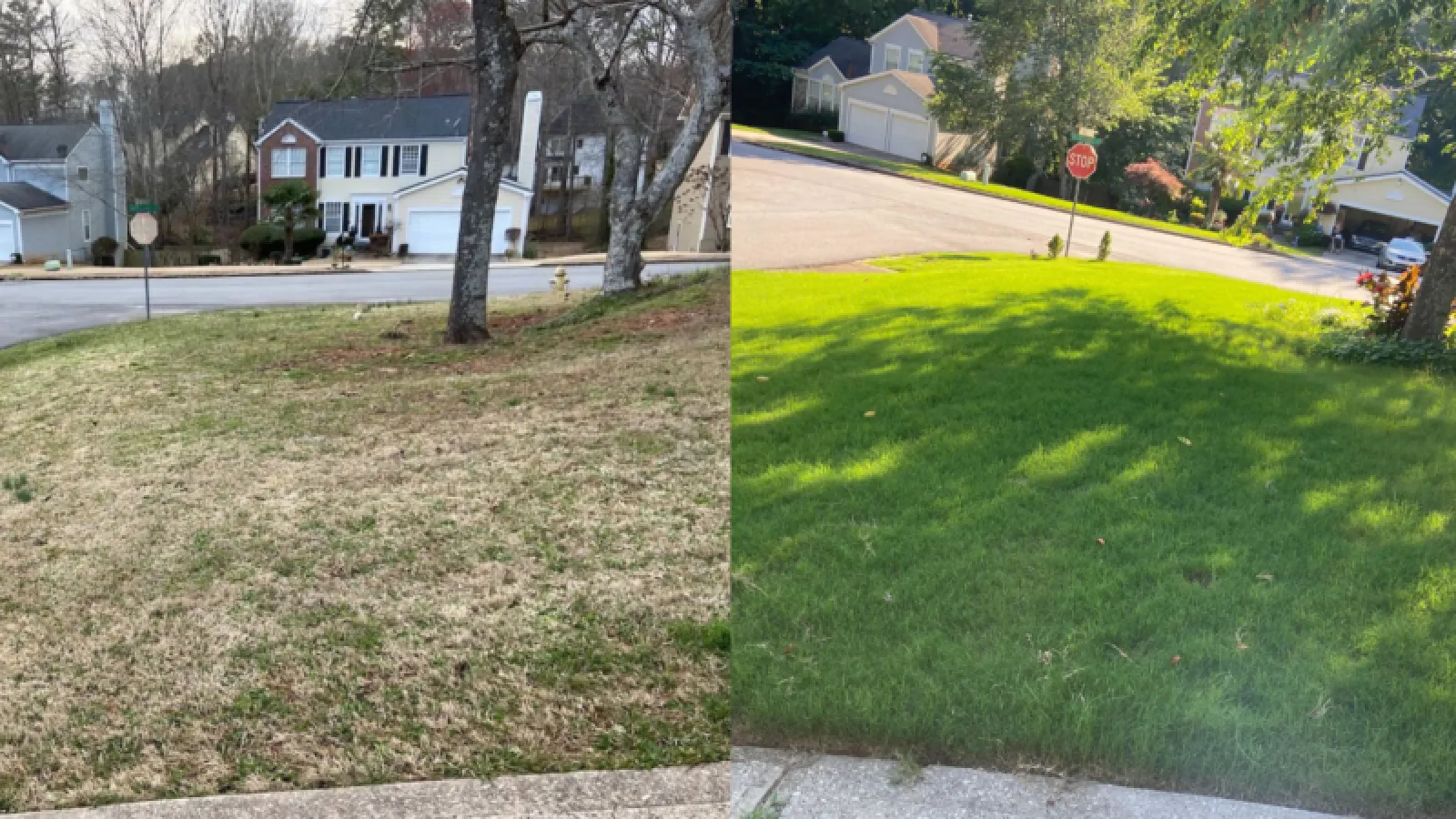
Winter Weeds in the Southeast
As the temperatures cool and the daylight hours get shorter, warm-season grass growth slows. But this doesn’t mean you can let your guard down, or even worse, neglect your lawn for the next few months. An array of pesky winter weeds are ready to rear their ugly heads as lawns move into dormancy. But before we get into the common weeds in the southeast U.S., let’s talk about weeds, in general.
Life Cycle of Weeds
Just as with any plant, weeds have different lifecycles and growing periods. A common thought is all weeds germinate in the spring, but this isn’t always the case.
- Annuals. Annual weeds grow, flower, seed, and die back in one year. They spread by seed only. There are two seasons of annuals.
- Winter annuals germinate from seed in late summer or early fall and are active in the cooler months. They can’t survive hot temperatures and usually die out the following summer. Examples are common chickweed and shepherd’s purse.
- Summer annuals emerge when the soil temperatures begin to rise. They are active until temperatures cool and usually die with the first frost. Summer annuals can be difficult to manage. Examples include crabgrass and spurge.
- Biennials. Biennials weeds usually grow, seed, and die over a two-year period. During the first year, the seed germinates and grows without flowering forming a rosette. In year two, the plant develops a flowering stalk and flowers. Common biennials are Queen Anne’s lace and primrose.
- Perennials. Perennials live and seed for multiple years and may or may not have dormancy periods. All perennials have underground parts that store nutrients allowing them to survive the winter and reemerge in the spring. There are two types of perennial weeds.
- Simple perennials grow in single plants and are only spread by seed. The roots of the separate weeds are not connected underground. Examples include dandelions and plantains, and dallisgrass.
- Spreading perennials start as seeds but can also spread via rhizomes and stolons. Because of how they grow and spread, weeds like nutsedge, clover, Canada thistle, and wild violets can quickly grow on a lawn.
Now that you have more information on the types of weeds and their growing and reproduction cycles, let’s jump into winter weeds. The mild temperatures and weather in Alabama, Georgia, South Carolina, and Tennessee make for great conditions for winter weeds to survive and thrive.
Common Winter Weeds
Whether annual or perennial, spreading or simple, weeds come in all shapes and sizes. Their effects and damage to your lawns and how they are treated, preventatively or post-emergent vary. Below is information on common weeds homeowners in our area face.
- Dandelions. While most commonly associated with the first round of spring weeds, they are known to appear in lawns during the winter season and stay until the following spring or summer.
- Poa Annua. Also called annual bluegrass, this weed can grow up to 15 inches tall. With each plant producing about 100 seeds in as little as eight weeks, pre-emergent herbicides are a must.
- Henbit. This annual broadleaf weed is in the mint family and has stems with a green or purple tone. Henbit loves to invade bare, shady areas in your lawn and often survives mowing.
- Common chickweed. Believe it or not, chickweed is an edible plant member of the carnation family. Stellaria media or common chickweed grows low to the ground and is prevalent in most temperature regions. The seeds usually germinate in fall, followed by smaller extents of germination in spring and summer, and can remain viable in the soil for up to 30 years.
- Crabgrass. Crabgrass is one of the peskiest weeds homeowners face because it begins germinating early in the year, long before homeowners think of lawn care.
- Hairy bittercress. This hardy weed enjoys moist soil and can be found anywhere from the roadside to pastures. One bittercress plant can produce five thousand seeds, and they germinate quickly. Bittercress reaches maturity in only five weeks! Also, its seeds are small and sticky when wet, making them prone to sticking to the sides of empty containers or being transported on shoes or clothing.
We’ve covered a lot of information and some common winter weeds. Your warm-season grass might be dormant, but those pesky winter weeds are gearing up for a take-over. Your best prevention is a routine lawn care program that includes fertilization, soil conditioning, pre-emergent, and post-emergent weed control. If you’re ready to learn more, reach out to The Nice Guys.


